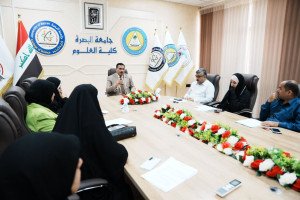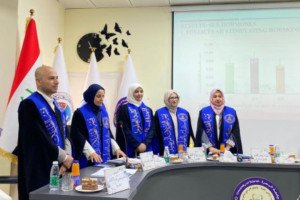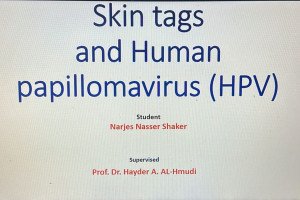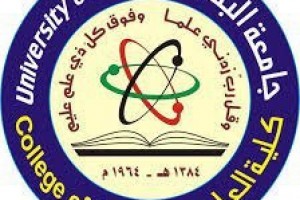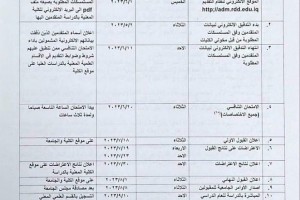
A paper titled “Assessment of heavy metals and ecological risk in the sediments of Thi Qar and Basrah governorates – Sothern Iraq” was published by Dr. Mohanad Hamid Al-Jaberi and Mr. Miqdad Taher Sedkhan in the Materials Science and Engineering, which is a Scopus journal. The distribution of heavy metals in surface sediment in the four sites of Thi Qar governorate and one site in the eastern part of Basrah governorate were investigated in order to detect the environmental characteristics in these areas. The texture of sandysilt, silt and sandymud are dominant in the study area. The distribution of heavy metals follows the pattern Fe> Ti> Mn > V >Cr > Zn> Pb >Ni >Cu > Co> As. The heavy metals content was reduced in the sandy sediments and low TOC. The heavy metals had a positive correlation with the silt fraction in the sediments of the study area. Sediments alkalinity found with a positive relationship with TOC content. The values of Fe, Zn, Pb, V, and Co were lower than their content in the world wild sedimentary rocks, while Ti, Mn, Ni, Cr, Cu, and As were higher than their content in the world wide sedimentary rocks. The spatial distribution of heavy metals is higher in the Majnoon oil field compared with the other areas. An approach utilizes various contamination indices (Enrichment Factor EF, Geoaccumulation index Igeo, Contamination Factor CF, and Ecological risks Er) were used to evaluate a contamination degree. The values of the contamination indices showed no/low sediment contamination with Co, Zn, Pb, Cu, V, Fe, and Mn in the Chibayish, Nasiriyah city center, and Tal Abu Dahab. Moderate contamination with Ti and Cr in the Suq Al-Shuyukh, Majnoon oil field and Chibayish, while considerable contamination with Ni and As in the Majnoon oil field. The results of Er showed low heavy metals ecological risks.

